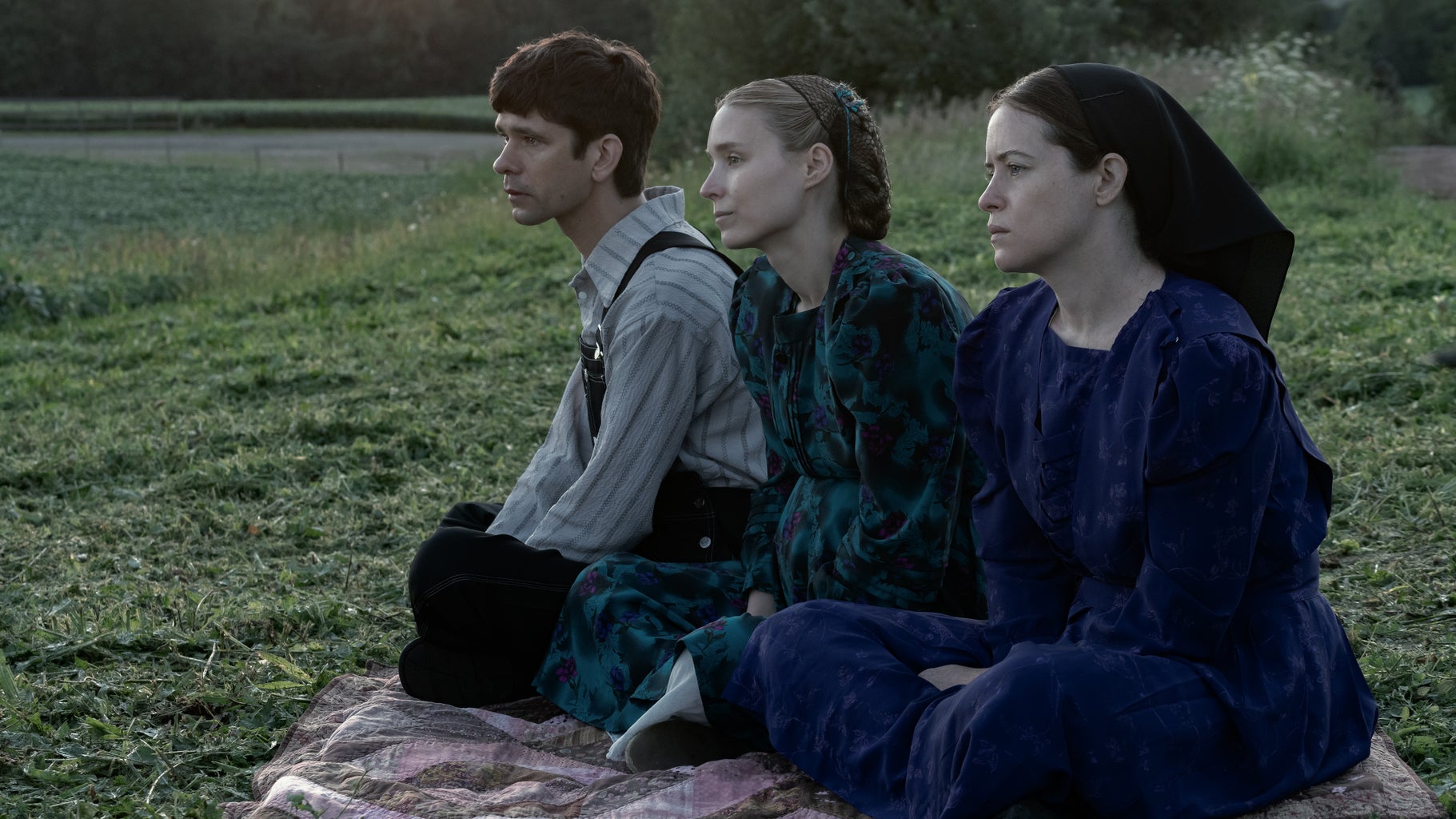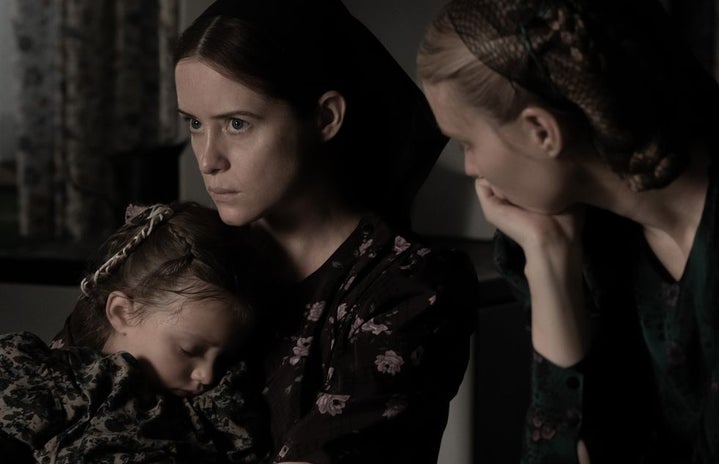Content Warning: The following contains spoilers for the film Women Talking as well as discussions of sensitive topics such as sexual assault.
Every year I make it a point to watch as many of the Oscar-nominated films as I can fit into my busy schedule. I managed to be a little more motivated this time around than in past years, mainly because some of my favorite actors (aka Paul Mescal and Claire Foy) were involved and/or nominated themselves. Instead of getting a tan in Fort Lauderdale, I dedicated my spring break to this cause. The wide variety of films and numerous breakout performances, such as 11-year-old Frankie Corio in Aftersun, made this a very competitive awards season and a very enjoyable break.
My personal favorite out of all the fantastic films was Women Talking, directed by Sarah Polley, based on a book of the same name by Miriam Toews. Her novel was written as an “imagined response” of the women who experienced the real-life events that took place in Bolivia between 2005 and 2009 in a remote Mennonite community. Though the film explains what happened in a more artistic form with quick-cut flashbacks and powerful monologues by most of the story’s main female characters, the true story of what was done to these women and how they discovered it is very real, and very horrifying.
In 2009, two of the community’s men were discovered breaking into one of the houses in the middle of the night. After they confessed, the colony discovered the truth behind the sexual assaults of over 100 women and children, and allegedly some men and boys. The eight men convicted of their crimes used the same anesthetic drugs on the women that were used on the farm’s livestock to keep them unconscious and alter their short term memory. For years, they would wake up in the morning covered in bodily fluids (including their own blood), bruises, ripped clothing, and other various injuries and were made to believe it was ghosts or the devil himself. This consensus was held between the women of the community for so long not only out of fear of the men and the “devil,” but due to the isolation from the outside world that kept them controlled. Some of the victims had strange memories of the actual assaults or of men standing over them, and the times when they did speak out, the other members quickly shut it down and blamed it on the female imagination.

Pictured above, both the film and book include the only important male character, August, the son of two excommunicated members who returned back to the community — and he plays an important role in the ability of the women to decide their fate. He is also the only one who has been on the outside and knows what lies beyond the confined walls of the colony.
Throughout the film, some of the most influential female members create a sort of “forum” and discuss their options (hence the title “Women Talking”), while all of the men go into town for the night to bail out the rapists. They must leave the colony, stay and fight, or simply forgive their assailants in the name of God. August takes the minutes of each meeting out of necessity — none of the women can read or write as they are refused education. The older members of the forum share their wisdom, as they have seen more actions of the men than anyone else, but two of younger girls, around 13 and 15, provide a new point of view to the group. They have the right just as much as any of the other women to voice whether they want to leave, because despite their age, all of them are in danger and have been assaulted. The youngest victim was only three years old. Another girl in the story became pregnant by the actions of her own brother and miscarried, causing her to emotionally break down and stop speaking altogether.
In the end, the decision is made to leave, and with time not on their side, the majority of the colony’s women quickly pack everything and everyone they can to begin their new lives elsewhere. The women ask August to stay and teach the men and boys why the women have left; he is to make sure the assault-accepting culture isn’t continued on by their impressionable sons. It’s so important for this story and others like it to get visibility and recognition because it truly shows how strong and capable women are at making these hard life choices. The women of the community were able to protect themselves, their children, and decide what to do despite being uneducated and deprived of knowledge about the outside world. On March 12th, Women Talking deservedly won the Oscar for Best Adapted Screenplay and set a standard for other film makers and writers to tell the stories of female triumph with the respect they deserve.

